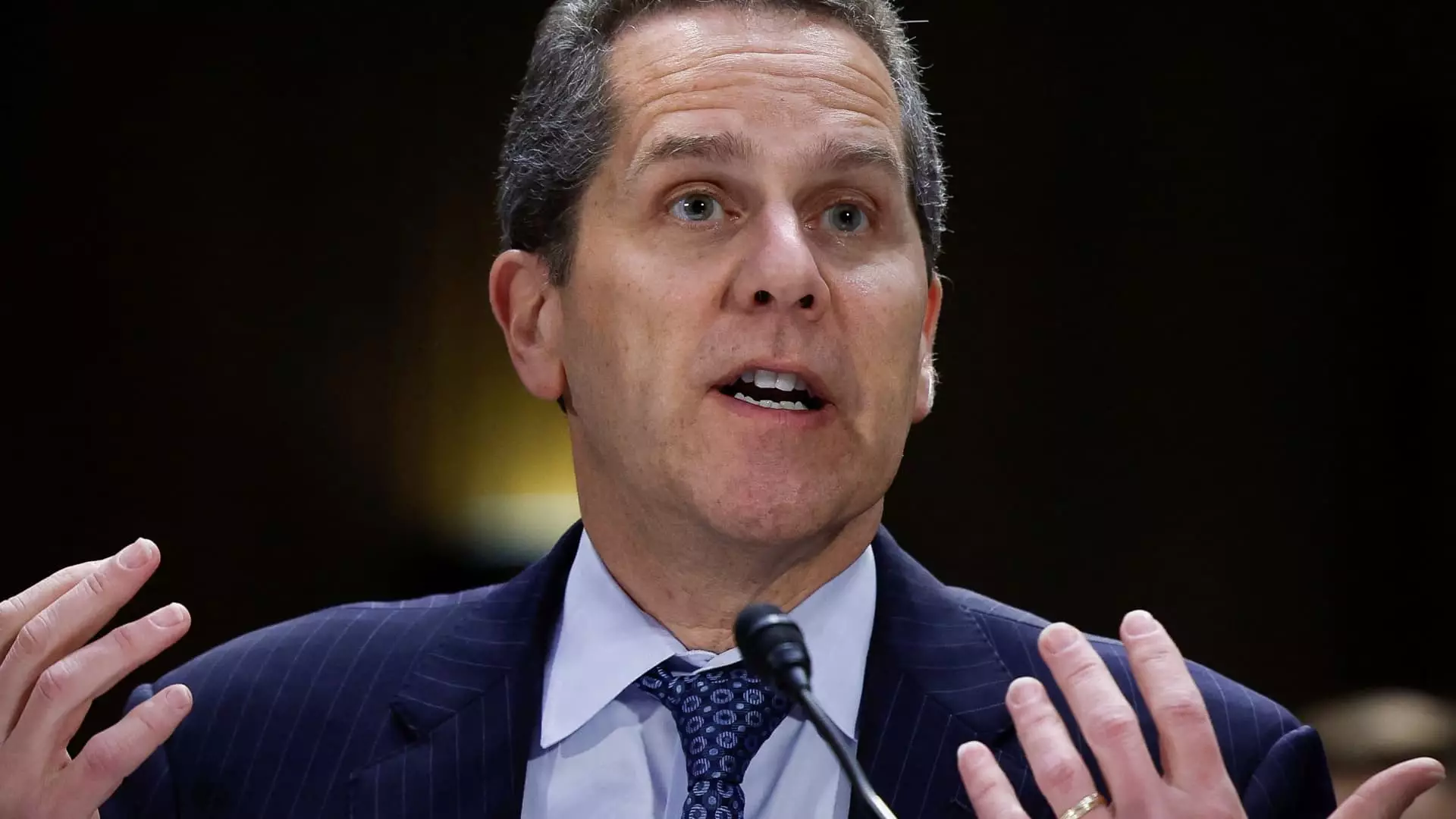The Federal Reserve recently announced significant changes to a proposed set of U.S. banking regulations that will impact the capital requirements for the largest financial institutions in the country. Originally, the regulatory overhaul known as the Basel Endgame aimed to increase capital requirements for the world’s largest banks by approximately 19%. However, following feedback and concerns raised by various stakeholders, including banks, business groups, and lawmakers, the Fed, the Office of the Comptroller of the Currency, and the Federal Deposit Insurance Corp. have decided to revise the proposal. The revised plan will now only require a 9% increase in capital for big banks, a significant departure from the initial proposal.
Rationale Behind the Changes
According to Fed Vice Chair for Supervision Michael Barr, the decision to reduce the extra capital that large institutions must hold is a result of careful consideration of the potential impacts of the original proposal. Barr emphasized that there are both benefits and costs associated with increasing capital requirements, and the revised plan aims to strike a balance between these objectives. The goal of the regulatory overhaul is to enhance the safety and oversight of risky banking activities, such as lending and trading, while also avoiding unintended consequences that could make loans more expensive or limit access to credit.
The original proposal faced significant opposition from industry executives, including JPMorgan Chase CEO Jamie Dimon, who raised concerns about the potential effects on the banking sector. The revisions to the plan reflect a recognition of these concerns and a willingness to address them in a more measured manner. While big banks will see a decrease in the additional capital they are required to hold, regional banks with assets ranging from $100 billion to $250 billion will also benefit from certain exclusions in the revised proposal. However, these regional banks will still need to adhere to specific requirements related to recognizing unrealized gains and losses on securities in their regulatory capital, which will result in a moderate increase of 3% to 4% in capital requirements over time.
The changes to the proposed U.S. banking regulations signal a more nuanced approach to capital requirements for financial institutions, taking into account the feedback from industry stakeholders and regulators. The revised plan aims to strike a balance between strengthening the financial system and avoiding unintended consequences that could impact lending and economic growth. As the regulatory overhaul progresses, stakeholders are advised to stay informed about any updates or developments that may arise in the future.

